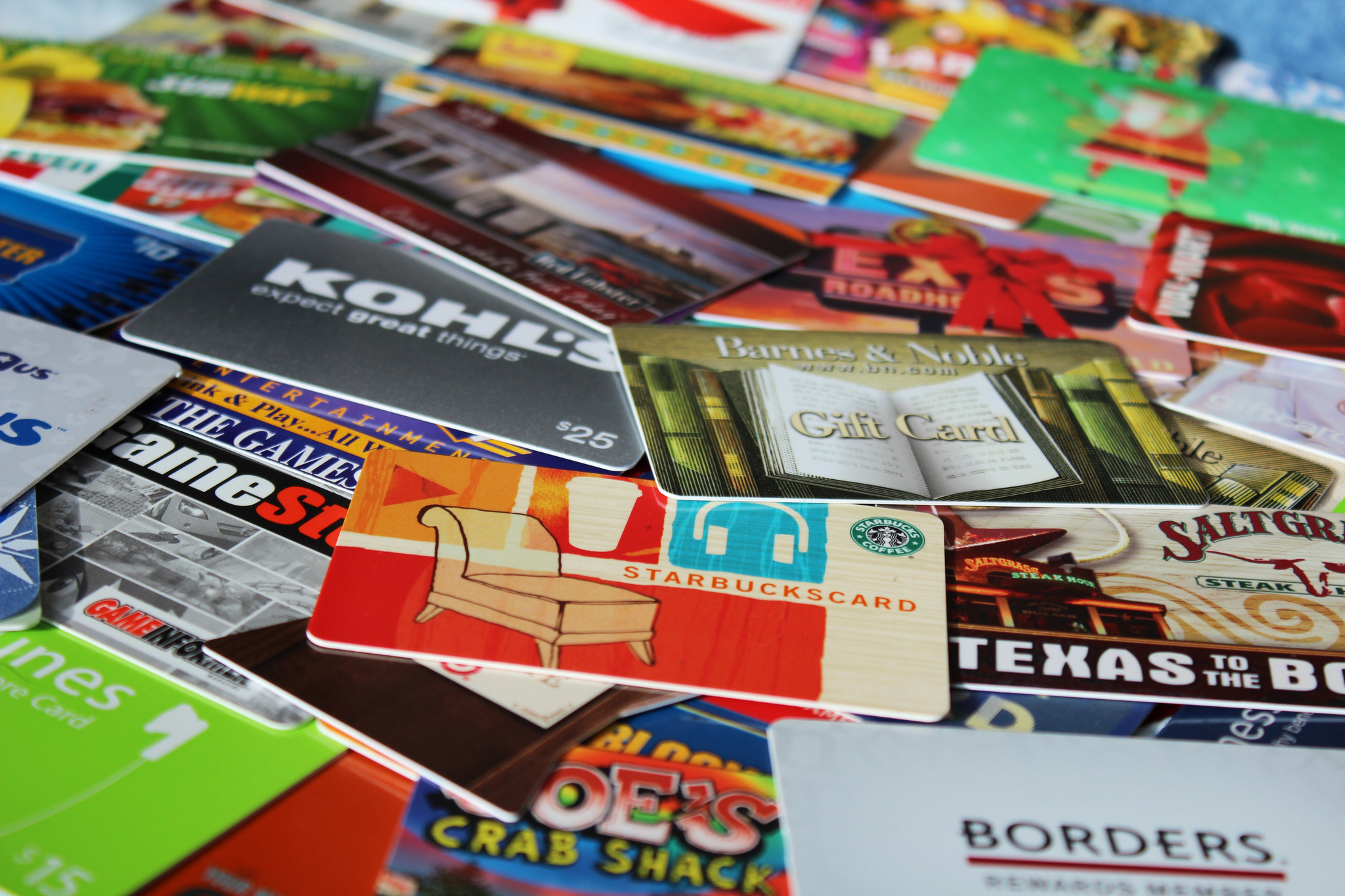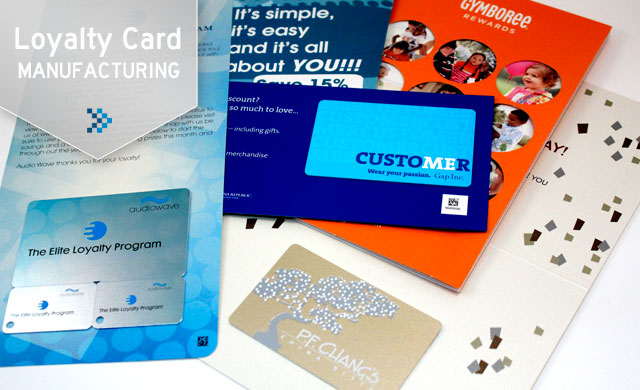Apps to help you organize and use your gift cards

Cathy Kamimura is an extreme user of gift cards. She currently has about 100 valued at more than $2,000.
Managing them all is not just unwieldy, it is also risky since gift cards are like cash and cannot be replaced if they are stolen.
Gift cards, which become more popular by the year, have long been a challenge to consumers who leave them in drawers, lose track of their value or just never get around to using them.
At least $500 million of the estimated $130 billion worth of U.S. gift cards sold this year will go unused, consulting firm CEB TowerGroup said.
Kamimura, a 53-year-old stay-at-home mother from San Gabriel, California, found an app called Slide that let her consolidate that pile of plastic into an easy-to-use tool for her smartphone.
"It has made my life so much easier," Kamimura says. "My gift card carrier was so big, and I feel much safer."
Gift card organizing apps make things simpler by consolidating cards to single place that displays their value and allow them to be spent. The apps generate a bar code for cashiers to scan and draw down the value of the card.
The apps, which are free, make their money by taking a percentage of the gift cards they sell. They allow users to enter their cards manually, by scanning or a combination of the two.
The biggest player in this market is Gyft, while others like Slide, GoWallet and eGifter are expanding offerings.
The bulk of the overall gift card market is dominated by physical, plastic gift cards, says Gyft co-founder CJ MacDonald. By contrast, e-gifting (when you email a gift card from a retailer like Amazon.com) has only about a 5.5 percent share.
Read entire article at Reuters.com.
Written by Mitch Lipka, a Reuters contributor
MEDIA CONTACT:
KATY LASEE | MARKETING DEPT.
651 554 8533
KRLasee@traveltags.com
TAGS:
card services,
trends





